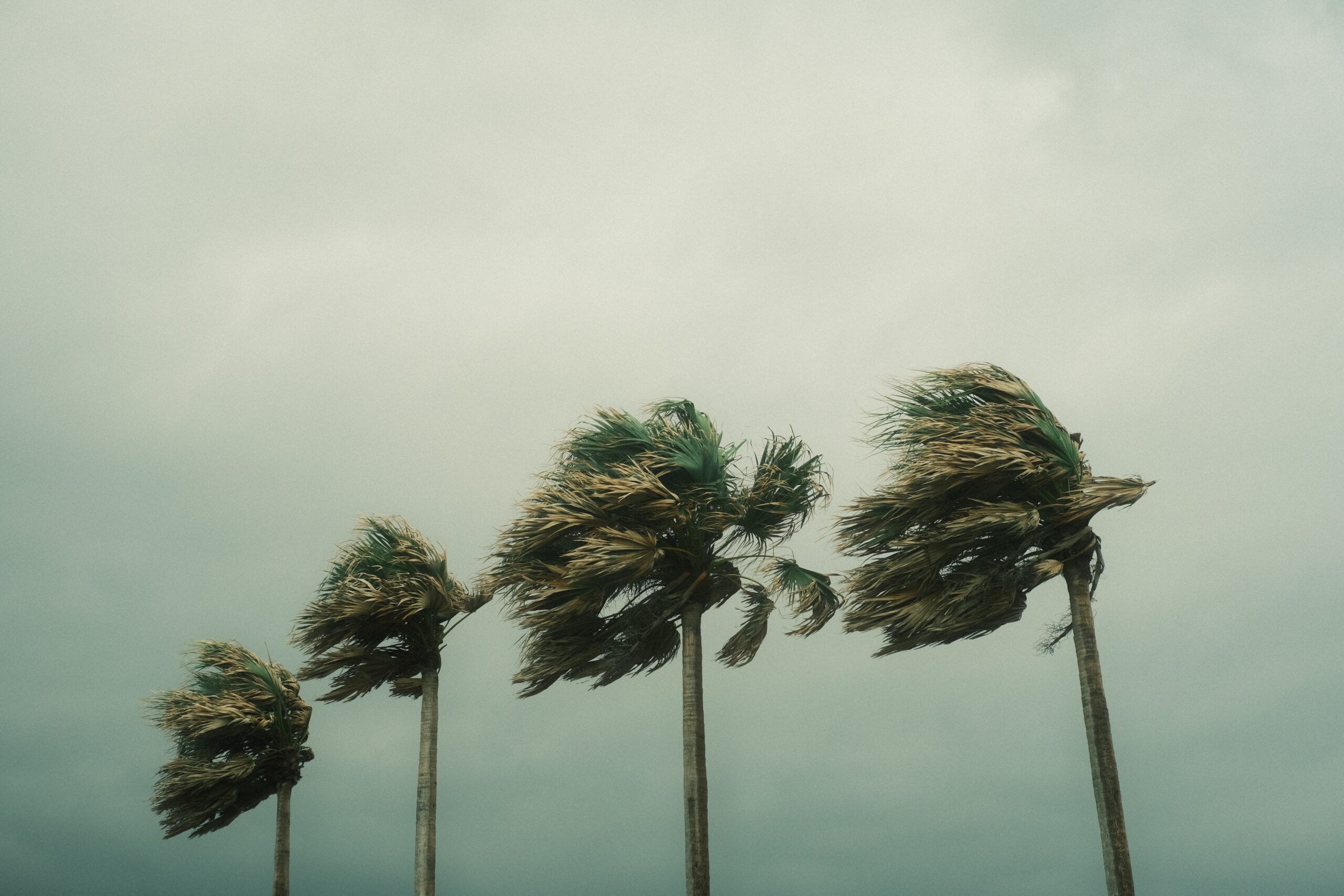Large portions of South Florida are under a severe heat alert from the National Weather Service (NWS). Palm Beach County, Miami-Dade, Broward, Immokalee, Naples, and Everglades City are among the affected regions. Forecasts suggest that the heat index, a representation of what the air temperature feels like when humidity is accounted for, may reach staggering values between 105 to 108 degrees. Conditions such as such could potentially lead to dangerous heat exhaustion and potentially fatal heat strokes due to prolonged exposure. The heat index combines the actual temperature with relative humidity, essentially reflecting what the temperature feels like. When humidity is high, our bodies struggle to cool down effectively through sweating, making the temperature feel even hotter.
The Impact of Heat and Humidity
The body’s natural cooling system through sweat evaporation is less effective in hot and humid weather, which raises the perceived temperature. The same 90-degree temperature would seem like an intolerable 132 degrees with 100% relative humidity, though. Given the severity of the anticipated conditions, the NWS has issued clear advice on how to prepare for a heat advisory to mitigate the risks associated with extreme temperatures:
- Stay hydrated.
- Stay out of the sun and in air-conditioned spaces as much as possible throughout the day.
- Reschedule strenuous outdoor activities for early morning or early evening if possible.
- Wear lightweight and loose-fitting clothing.
- If outdoor work is unavoidable, take frequent breaks in shaded or air-conditioned areas.
Heat Exhaustion vs. Heat Stroke: Recognizing the Symptoms
Heat exhaustion and heat strokes are two potentially dangerous outcomes of extended exposure to high temperatures. However, heat exhaustion is less severe and more common and is particularly likely to affect the elderly, individuals with high blood pressure, and those working in a hot environment.
Heat Exhaustion symptoms:
- Headache
- Nausea
- Dizziness
- Weakness
- Irritability
- Thirst
- Heavy sweating
- Elevated body temperature
- Decreased urine output
Heat stroke, on the other hand, represents a more severe condition and can be fatal if treatment is delayed.
Symptoms of a Heat Stroke:
- Confusion, altered mental status, slurred speech
- Loss of consciousness (coma)
- Hot, dry skin or profuse sweating
- Seizures
- Very high body temperature
Keeping Safe and Cool
The extreme heat conditions that are anticipated for the next few days will pose significant challenges to both locals and tourists in South Florida. According to Chief Medical Officer at Jackson Memorial Hospital, Dr. Hany Atallah, it becomes particularly dangerous when the body can’t regulate and maintain its temperature within a certain range. “Right now, I’m going to take some water to refresh,” says Leonardo, demonstrating the necessary precautions everyone should take in these conditions. At construction sites, workers are advised to take frequent breaks, find shade whenever possible, and continuously hydrate. “Continuously drink water and [take] a lot of breaks if you have to work outdoors, so that way, you can cool down and go back outside,” recommends Miami Fire Rescue Lt. Pete Sanchez. For anyone experiencing heat exhaustion symptoms, immediate steps should be taken to cool them down, such as placing a cold compress on them and moving them out of the heat.










